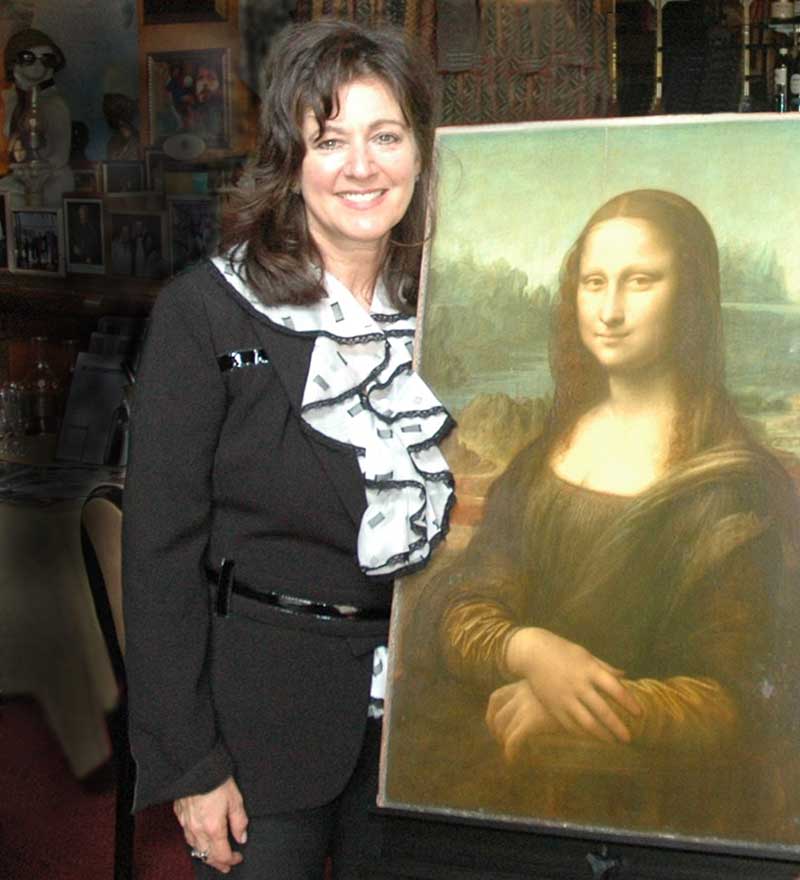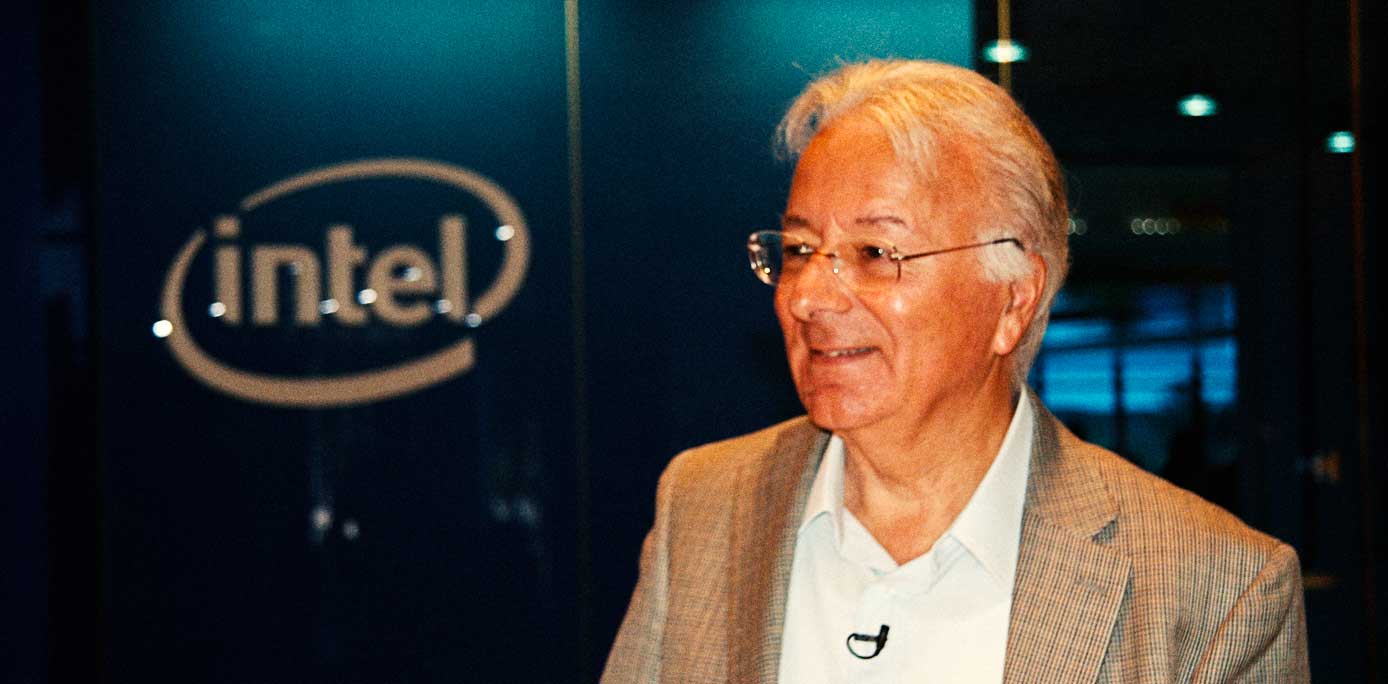In the last issue of L’Italo-Americano, we explored the legacy of 20th century North Beach photographer, J.B. Monaco, a legacy that has endured decades of change to the fabric of San Francisco’s Italian community. Recently, L’Italo-Americano spoke with Rick Monaco, son of Richard (Dick) Monaco (J.B.’s grandson) about his great-grandfather’s enduring legacy. We asked how the Monaco legacy brings the past to the present.
“A writer for the San Francisco Chronicle once observed that Monaco’s photographs often felt like still frames from a moving picture, such that the observer had a distinct feeling of being in the middle of something that had an origin and that would continue after the image was snapped. I think this is interesting to consider within the context of the Monaco family history, and the fact that J.B.’s son Dante was a motion picture pioneer.

It’s also interesting because we are flooded with images in present day life. Just about every citizen owns a phone capable of recording every image, be it motion or still, that one encounters in his daily life. J.B. was really like a man who owned an iPhone, albeit a primitive version of one, a hundred some years before its time. This is the link between past and present. It’s a rare opportunity to look back in time at scenes that weren’t that unlike many we might capture today. He was able to capture the “city in motion.” The idea that a photograph didn’t have to be “staged” was novel, but unlike today he was the exception and not the rule.” This ability is clearly evident while viewing Monaco’s documentation of the 1906 disaster.
Changes to the upholstery of our urban fabric seem to occur subtly, over time. As the often quoted saying goes, “Those who cannot remember the past are condemned to repeat it.” In this photograph of Columbus Avenue at Pacific Street we can see streetcars that are now long gone. Street cars also rumbled along on Broadway. Today, parking spots are at a premium so what if streetcars were still in place carrying residents efficiently through the streets?
Dick Monaco’s 2000 oral history also documented many aspects of city life in the Italian quarter. A particularly entertaining excerpt is the one in which Dick describes the discovery of pirate treasure in San Francisco.
“My father told me a story that had been in the family about when those flats my grandfather had built at 2430 Leavenworth Street were under construction in 1904. During the excavation the contractor discovered a buried pirate treasure chest. You know, the bay wall used to be all the way up to Jones Street at one point, just one block downhill from Leavenworth. So it’s entirely plausible that the guys just walked up from the Bay and stashed their stuff! But we don’t know who claimed the treasure chest when it was discovered during the excavation.”
In 2015 the new Joe DiMaggio playground opened in North Beach named after the legendary, Bay Area born baseball player and husband of Marilyn Monroe. On that subject Dick explains: “There used to be the dairy right down on Bay Street where the projects, as we called them, are now. The old Golden State Dairy. We called it the old horse lot. That’s where kids played baseball. And I was just a little kid. They had cleaned up the area there and put in a baseball field. So the younger kids used to choose sides there at the creamery and when the horses went out, we got the manure and made first base and second base and third base. Joe DiMaggio played there. A lot of great ball players came from there.”
Dick still fondly recalls the first time he hit a ball over the fence at the original North Beach playground, a rite of passage and milestone for any kid of his generation logging hundreds of hours of cement-surface softball. Gino Cimoli a North Beach legend, who would eventually play major league ball with the Dodgers and six other teams, cleared not only the fence but the roofs of the houses opposite the playground on Powell Street.
Needless to say, much has changed since J.B., his son Dante, and Dante’s son Dick were boys in North Beach’s Italian quarter. Dick shares, “My father recalls Italian newspapers for sale on every corner and the vast majority of his classmates speaking the language at home”. One tradition still lives on to this day. The Italian newspaper! At least we still have one, L’Italo-Americano.
Viewing the Monaco collection is time well spent since you are likely to walk by the very same locations today. Photos are available online at www.jbmonaco.com. The J.B. Monaco photographic collection is located at the San Francisco History Center, Main Library Branch along with the full transcript of Dick Monaco’s oral history.































